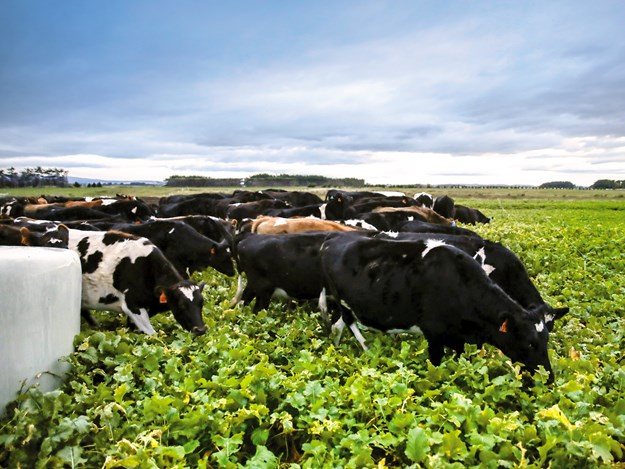Farm advice: Preparation for next winter starts now
It's never to soon to start planning for next winter. Dairy NZ offers some helpful advice.

It’s nice to have the beginning of spring here, with a few more daylight hours and lots of calves around.
Winter this year presented its own set of challenges, with many farmers throughout the South Island being affected by flooding, causing pasture damage and loss of supplementary feed.
While we can hope that next year the weather will work in our favour, we also need to prepare for the worst, and the issues that arise every winter.
This can take some extra planning, but spring is a good time to consider how to set ourselves up. Talking with farmers recently, we discussed a few things to start thinking about now to prepare for a successful winter next year.
Paddock selection
One of the first considerations when planning for next winter is to choose the right paddock, as this affects your ability to manage the environment and animals successfully.
There are many important factors to consider when deciding which paddocks to graze cows on next winter. This includes looking at what area you need to plant, factoring in expected crop yield, cow intake, the number of days on crop, and supplementary feed requirements.
Appropriate paddock selection also affects the crop’s yield, as well as the establishment and growing costs.
Look back at previous winters and at the paddock history. To grow high yielding winter crops, it’s good to know the paddock’s soil fertility, alongside the weed and pest history. Paddocks react differently and finding the ones that hold up well in rain is beneficial.
Taking these points into consideration helps paint a clear picture of the paddock, whether it’s good for winter grazing and how to best manage it throughout winter.
Critical source area management
Slopes, critical source areas (CSAs) and waterways in paddocks need to be considered. A key step is identifying the CSAs. These are parts of the landscape, such as swales and gullies, where overland flow and seepage converge to form small channels of running water.
This creates a risk of potential contaminant loss flowing into streams or rivers. Identifying CSAs in spring will enable you to manage them well or disregard the paddock as unsuitable for wintering.
Identifying these CSAs and managing them using buffer zones can significantly reduce losses to surface and groundwater. Take note of CSAs that appear in winter, to help improve your planning during the spring season.
One of the farmers I recently talked to said: "Each winter, after some heavy rain, I look at the paddocks I am hoping to crop next year. I mark out the CSAs then with fence standards because sometimes they are harder to see in spring."
He has used this to make noticeable improvements on his farm to benefit the environment and his animals.
Buffers
Once you’ve identified CSAs, you should create grass buffers around the CSAs and at the bottom of slopes. The grass buffer acts as filtration of the CSA.
If your crop is close (within five metres) to a CSA, consider a crop buffer, which is a strip of fenced-off crop, at least five metres wide, that will help filter and slow the run-off from the crop paddock into any CSAs. The size of your buffer will be determined by the slope, the amount and how fast-flowing runoff is. This crop buffer can then be grazed last.
These are key starting points for spring planning of winter crop paddocks. Once you have identified paddocks and CSAs, it’s a good time to complete your winter cultivation plan. n
For more information on paddock selection and cultivation plans, go to dairynz.co.nz/wintering.
Find new and used farm machinery for sale in NZ
Keep up to date in the industry by signing up to Farm Trader's free newsletter or liking us on Facebook










.jpg)
.jpg)

.jpg)
.jpg)

